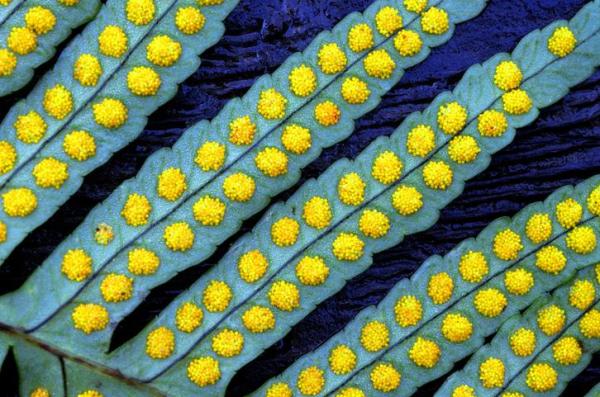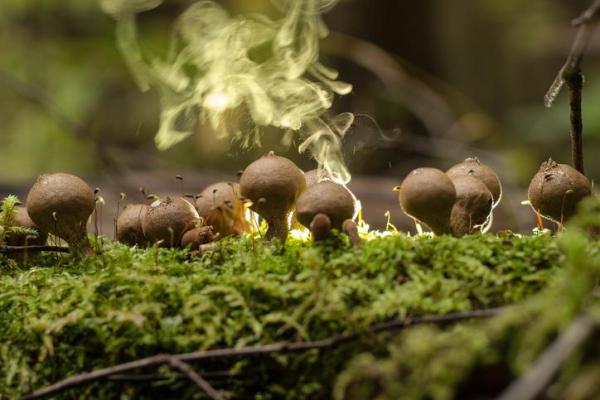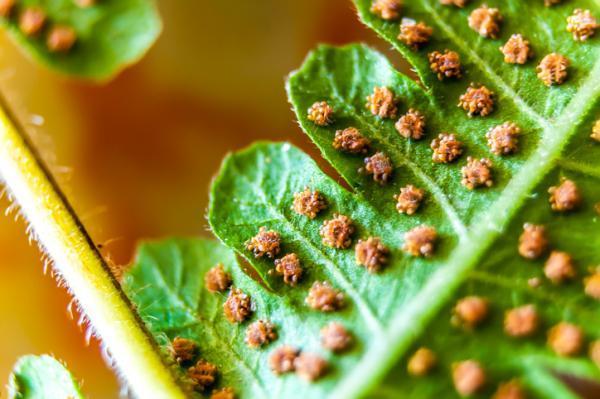
Sporulation is a type of asexual reproduction which is most associated with fungi, but it can also occur in bacterial organisms. Different organisms reproduce in different ways. Although they can be grouped as either sexual or asexual, within these two broad categorizations are various subcategories which allow various species to propagate. Some of these are more associated with certain species than others. Despite not being well known outside of botany and microbiology, sporulation is a very common type of reproduction in nature.
To learn about this type of asexual reproduction, thedailyECO asks what is sporulation in biology? We provide a definition of sporulation, as well as examples in nature and diagrams to help illuminate this fascinating microbiological process.
What is sporulation in biology?
As stated in the introduction, sporulation is a type of asexual reproduction carried out by certain organisms. Although studied in biology, sporulation is also very important in microbiology since many of the organisms which carry it out are very small. This is the case with bacteria and protozoa, although it is often associated with fungi and plants[1].
Sporogenesis is the term for the formation of spores, although it is also applied to the process of reproducing via spores. They are formed in organisms with eukaryotic cells, using sporogenesis as part of their normal life cycle. Learn more about these types of organisms by looking at the difference between eukaryotic and prokaryotic cells.
Asexual reproduction by sporogenesis can be a mechanism that is part of the natural reproductive cycle of a species. It can also be an alternative mechanism in the face of hostile and adverse environments that temporarily make sexual reproduction impossible. This is because spores are extremely hardy and can survive environments such as extreme temperatures, floods, droughts or lack of nutrients. It is this type of sporogenesis which is known as sporulation.
In this sense, we can define sporulation as:
The asexual reproduction of an organism via spores as the result of unfavorable conditions in order to ensure survival of the species.
Spores are single-celled propagation structures. They can be used in sexual or asexual reproduction, but sporulation is a process which is only applied to the latter. Although many organisms are capable of carrying out sporulation, not all will do it in the same way. As you will see in the sections below, fungi, plants and bacteria each have their own specific methods of sporulation.

Fungal sporulation
Fungal spores are those produced by fungi. They are key in the reproduction, propagation and survival of their species. In this case, a fungus is capable of producing spores by both sexual and asexual reproduction. Both are important for survival of the species, but they have different purposes. Sexual reproduction is most important for adaptation to changes in their environment, while asexual reproduction is particularly useful for the dispersal and colonization capacity of the fungus.
If the spore is produced asexually, the DNA duplicates and divides by mitosis in the septum. The spore forms and is separated by a plasmatic membrane, which is then protected with a tough coat and released into the environment.
Learn more about the roles of these parts of the spore by looking at the differences between DNA and RNA.

Plant sporulation
In plants, we must differentiate between two large types of species that produce plant spores. These are ferns and bryophytes. Ferns are some of the most primitive vascular plants in existence today, their existence predating the dinosaurs. Bryophytes are non-vascular plants, meaning they lack elaborate water and nutrient transport structures.
- Ferns: ferns are a type of pteridophyte or pteridophyte plants. These are vascular plants that use spore dispersal for reproduction. Sporogenesis occurs on the underside of the leaves, in structures called sporangia. When several are fused together, they are known as synangia. They produce haploid megaspores. When released and when conditions are favorable, these spores give rise to a gametophyte that will be capable of producing a new sporophyte. Once this occurs the reproductive cycle can occur once more.
- Bryophyte plants: although non-vascular plants, they, share a similar cycle in which meiotic cell division begins at the sporophyte stage. They also produce a high number of haploid spores. Once in a favorable medium, they germinate producing gametophytes, which will give rise to gametes, capable of fusing to form a new sporophyte, allowing them to return to the diploid phase.
Learn about types of plants which require very little water with our guide to xerophyte plants.

Bacterial sporulation
Not all bacteria produce bacterial spores. Those that do have a way of surviving sudden changes in the environment via this mechanism. In doing so, they leave their spores to wait for conditions to become favorable again. Bacterial spores are considered to be among the most resistant in nature. In most cases, this process is triggered when the bacteria run out of nutrients and increase their cell density.
It is best to differentiate here between endospores and exospores:
- Endospores: produced by bacteria of the firmicutes group and which originate inside the cell
- Exospores: produced by certain actinobacteria and which are formed externally and by budding.
Examples of sporulation in biology
Now that we have explained the definition of sporulation in biology, we can look at some of the most common examples in nature:
- In the case of fungi, reproduction by spores is the most common. It is usual to classify them by the characteristics of their spore-producing structures. They differ according to the spores they produce, such as ascospores, basidiospores or conidia, among others. Practically any type of fungus or mushroom can be an example of an organism that uses sporogenesis and sporulation as a method of reproduction.
- Pteridophytes are types of plants which include ferns and horsetails. They are partly defined by their ability to reproduce by spores as they do not have seeds or flowers. There are many types, with around 10,000 species worldwide, including Asplenium nidus, Cythea, Nephrolepis exaltata and Selaginella willdenowii. We can contrast these with spermophyte plants which do reproduce via seeds.
- In bacteria, sporulation mostly takes place in species belonging to the genera Clostridium and Bacillus, as well as in some types of cyanobacteria.

What is the difference between budding and sporulation?
Both budding and sporulation are types of asexual reproduction. The difference is that sporulation is based on the formation of spores that are released into the environment. In budding, the formation of buds occurs on the parent organism. Once they grow and develop, they can either separate from it or form colonies with it. In this sense, spores generally travel further to propagate.
If you want to read similar articles to What is Sporulation in Biology?, we recommend you visit our Biology category.
1. Huang, M., & Hull, C. M. (2017). Sporulation: how to survive on planet Earth (and beyond). Current genetics, 63(5), 831–838.
https://doi.org/10.1007/s00294-017-0694-7